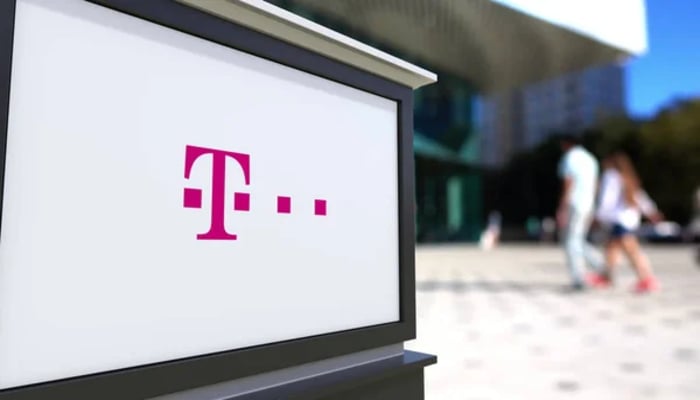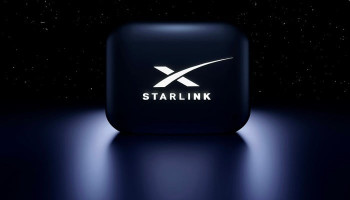
The exclusive deployment of emergency satellite service in remote areas dates back to the time of the mobile phone's inception since such areas are closer to undergoing an emergency than those living in urban areas.
Given the predicted Hurricane Hilton peering over the densely populated areas, T-Mobile and Starlink have announced to offer satellite-based cell reception to all T-Mobile users en route to Florida's second devastating natural calamity in a second consecutive week.
The provision of lifesaving, family-connecting services as a helping hand to those in need, suggests that the collaboration between a space exploration giant and mobile carrier is aimed at ensuring public welfare.
As an aftermath of nature-driven disasters, communication services and technologies are one of the first things to endure a failover and are less likely to be repaired unless the predicament runs its entire course.
Last week, Starlink nearly evaded mobile data infrastructure from getting damaged by Hurricane Helene and played a vital role by activating the direct-to-cell network it has been developing with T-Mobile.
Starlink's direct-to-cell connectivity service has been made free to access for a period of full 30 days, proving a more demanding and remarkable decision from the cell and satellite carriers.
Normally, direct-to-cell connectivity comes at a regular cost of $400, but offering it at no cost for the sake of humanity comes as an outcome of the FCC's rushed approval to activate the network.
















